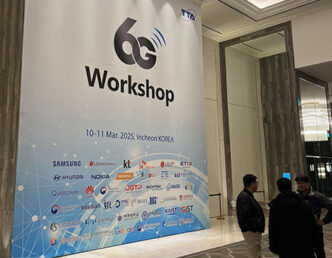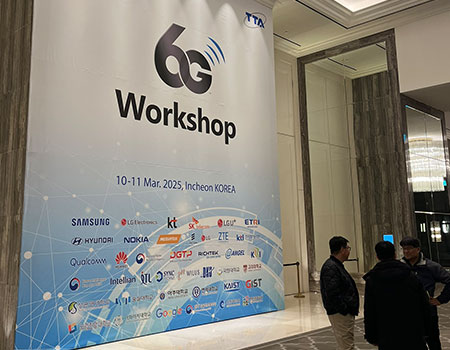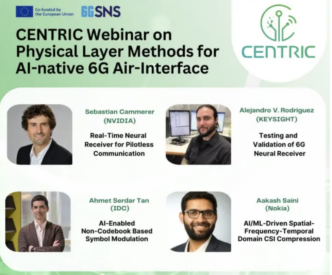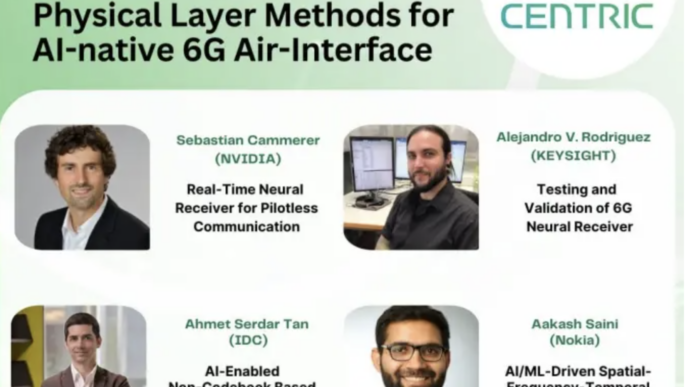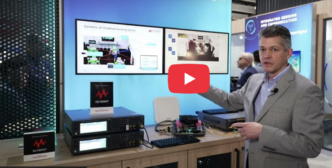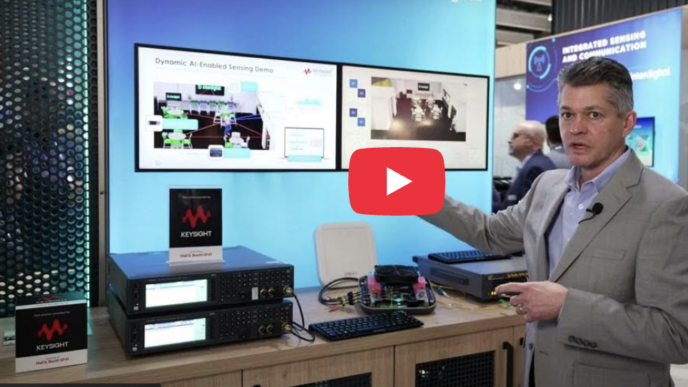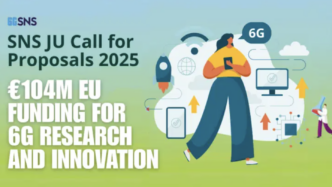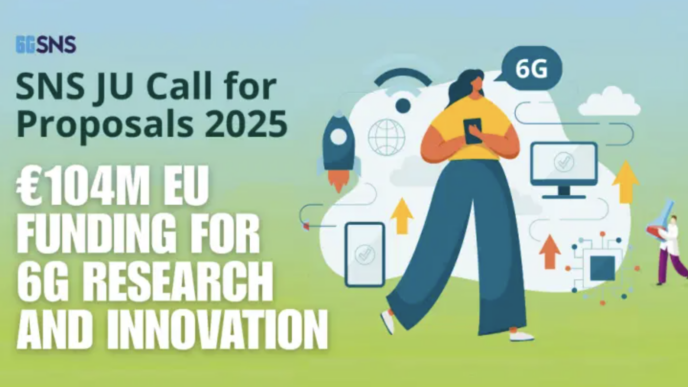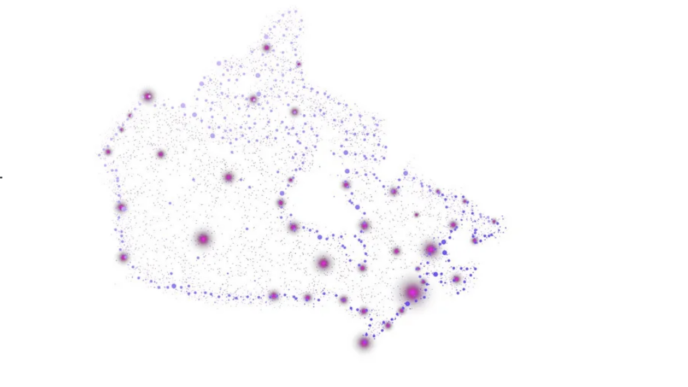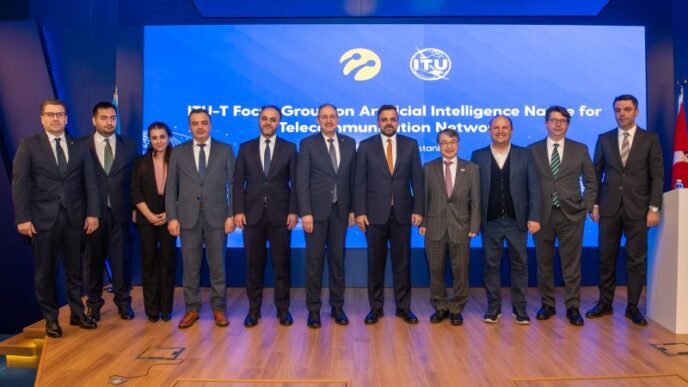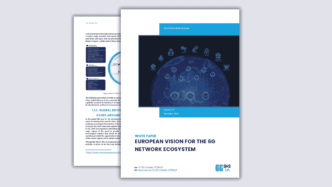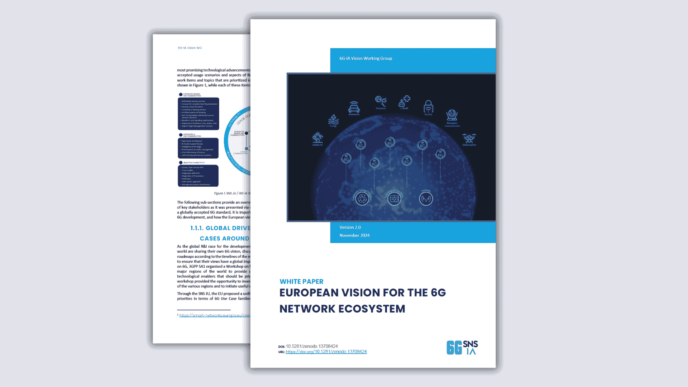The 3GPP TSG RAN#107 meeting, held from March 12 to 14, 2025, in Incheon, South Korea, may not have delivered dramatic announcements—but it quietly advanced several foundational elements for the next phase of mobile evolution. With discussions centered on Release 20 and a leadership transition in the RAN Technical Specification Group (TSG), the meeting reflected both the maturity of the 5G ecosystem and the growing pressure to define what comes next.
Leadership Transition with Continuity
A key outcome from the meeting was the election of Dr. Younsun Kim, Vice President of Technology at Samsung Electronics, as the new Chair of TSG RAN. Dr. Kim brings deep technical expertise, having chaired RAN1, the group responsible for physical layer specifications for LTE and 5G NR. He succeeds Wanshi Chen, whose tenure saw the completion of Release 17 and initiation of Release 18, which introduced the first set of 5G-Advanced features.
Dr. Kim’s experience guiding low-layer innovation—during both virtual meetings and pandemic-era disruption—positions him well for the complexity ahead. Yet with 6G still abstract in many areas, it’s fair to ask: how will leadership shape priorities in a release cycle that may be more exploratory than prescriptive?
Joining him are newly elected Vice Chairs:
- Enrico Buracchini (TIM-Telecom Italia)
- Jerome Vogedes (AT&T)
- Xutao Zhou (vivo)
This leadership mix reflects a balance of regional influence and technical domain diversity—Europe, North America, and Asia all at the table.
Release 20: Technical Study Phase, Not a 6G Launchpad (Yet)
While some narratives portray Release 20 as the starting gun for 6G, the actual scope remains more exploratory. According to 3GPP’s current planning, Release 20 will include a study phase, gathering technical input on potential 6G features, use cases, and architectural shifts. These discussions are intended to inform later specification work, likely in Release 21, aligned with the IMT-2030 submission process.
Initial workshops for Release 20 were held in March, with planning targets pointing to a June 2025 approval window. Critically, these timelines overlap with the functional freeze of Release 19, creating both a logistical and intellectual overlap between two generations of system thinking.
In practical terms, Release 20 may begin to touch on:
- AI-native control loops across RAN and core
- Extremely large antenna arrays (ELAA) and cell-free architectures
- Sub-THz channel models and propagation studies
- Integrated Sensing and Communication (ISAC)
- Network energy efficiency and sustainability profiling
- Advanced edge-native service enablement
But these will be study items, not finalized technical specs. The real architectural commitments—what might define the “first version” of 6G—are more likely to appear in Release 21, at the earliest.
Questions the Industry Must Confront
The steady pace of planning in RAN#107 belies the weight of questions being placed on the next phase of standards:
- Are we technically ready? Unlike the transition from 4G to 5G, which expanded rather than reinvented, the leap to 6G involves entirely new capabilities—ISAC, AI-native networks, and possibly non-terrestrial convergence. Can we standardize features that are still in the research stage?
- Can we agree on what 6G is for? There’s no shortage of potential: immersive telepresence, industrial autonomy, energy grid resilience. But standards only work when anchored in real, testable needs. Are we rushing to design a future we haven’t yet validated?
- Who’s driving the agenda? With new geopolitical tensions, the collaborative ethos of 3GPP will be tested. Can players from the U.S., China, Europe, Korea, and beyond coalesce around a common vision for 6G—or will fragmentation creep in?
- Will the cycle become too fast to stabilize? Release 19 is still under development. Yet Release 20 and Release 21 are already being shaped in parallel. Can the ecosystem absorb this velocity without creating standards that are too abstract, or worse—premature?
Beyond the Headlines: Why this Matters
While the RAN#107 meeting didn’t produce a grand reveal, its steady procedural moves may prove just as consequential. It marks the moment when 6G discussions shift from academic whitepapers to standardization tracks. It forces the industry to confront a hard truth: we’re now being asked to propose—not just imagine—the next 10 years of wireless.
And unlike 5G, 6G’s key pillars—sensing, AI orchestration, sub-THz, extreme densification, non-terrestrial convergence—lack the same level of maturity or proven deployment models. The R&D community, test vendors, and operators will all have to carry more weight earlier in the process.
